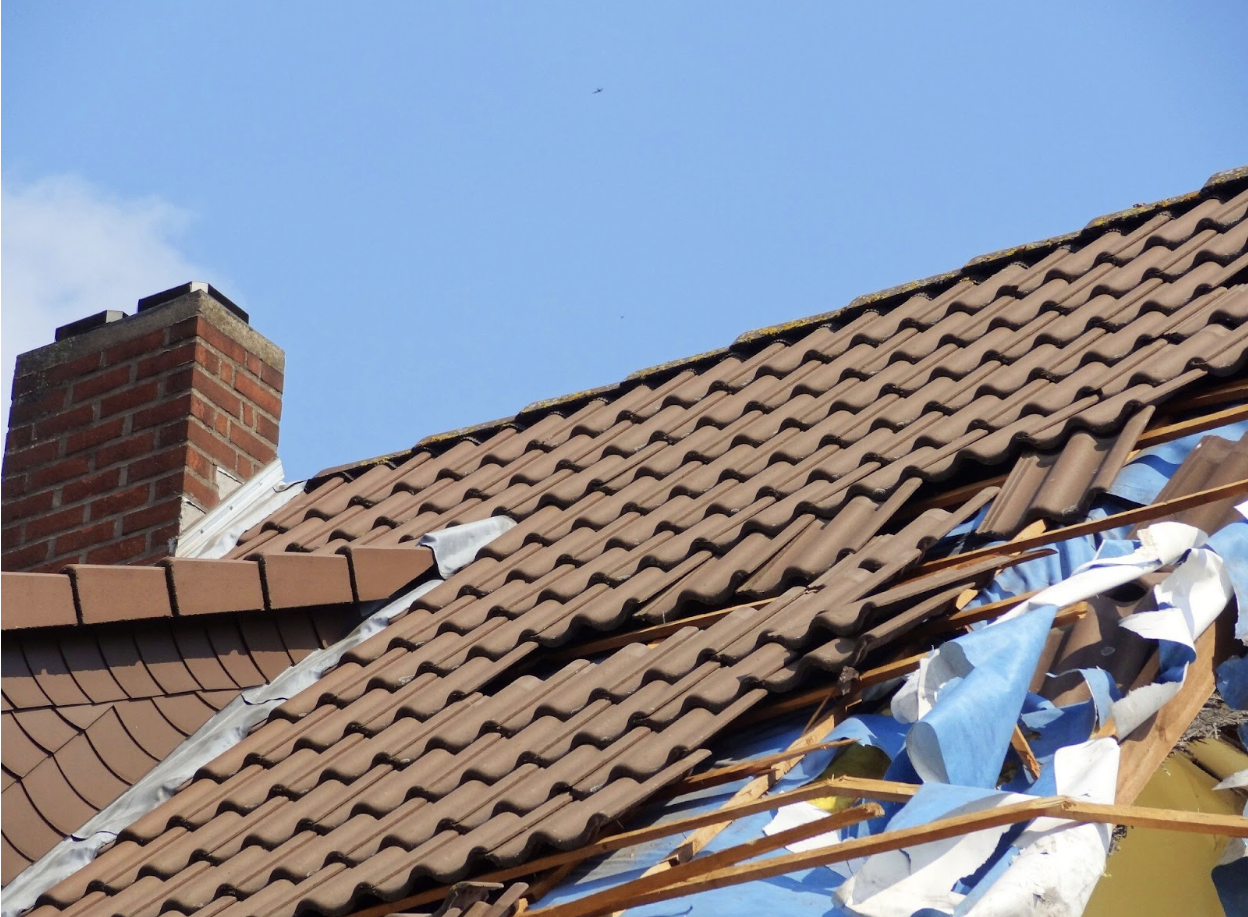The Ultimate Guide to Repairing Your Home After a Storm
Natural disasters like storms can significantly damage homes, leaving homeowners with the daunting task of repairs and rebuilding. Although these events are often unexpected and overwhelming, immediate action is crucial to prevent further damage and ensure safety. This ultimate guide provides a step-by-step process for repairing your home after a storm. From assessing the damage to finding the right professionals, we cover everything you need to restore your home.
Finding the Right Help
While some repairs may be manageable on your own, more complex and extensive damage will require the expertise of professionals. Do thorough research and find reputable contractors who have experience in storm damage repair. For example, you can consider www.bestexteriorsinc.com for your roof. Make sure to get multiple quotes and thoroughly read reviews before making a decision. Verify that the contractor is licensed, insured, and bonded. This will ensure that the work is done safely and up to code. Communicate clearly with the professionals about your expectations and budget to avoid any misunderstandings.
Understanding the Damage
After a storm, assess the damage to your home before beginning any repairs. This will give you an idea of the extent of the damage and help you prioritize which areas need immediate attention. Start by checking for structural damage such as cracks in walls or foundations, roof leaks, and broken windows. Next, inspect the exterior of your home for damage to siding, gutters, and landscaping. Inside your home, check for water damage, mold growth, and any electrical or plumbing issues. Take photos of the damage for insurance purposes.
Safety First
Before diving into repairs, prioritize safety. If there are any downed power lines or gas leaks, evacuate your home immediately and call the proper authorities. Make sure to wear protective gear such as gloves and masks when handling debris and potentially hazardous materials. Secure any loose items on your property that could cause further damage in case of another storm. It's also a good idea to have a professional inspect your home for any hidden dangers, such as weakened structures or electrical issues. Safety should always come first when repairing your home after a storm. Also, take care of your mental and emotional well-being during this process by seeking support from friends and family or seeking professional help if needed.
Tackling the Big Issues
Dealing with structural damage is one of the biggest challenges when repairing a home after a storm. This type of damage can compromise the stability and safety of your home, so it's important to address it as soon as possible. If you notice any cracks in walls or foundations, consult with a professional contractor to determine the best course of action. Depending on the severity of the damage, it may involve reinforcing the structure or even rebuilding certain areas. Address structural damage promptly and effectively to ensure the safety and stability of your home for years to come. Document any repairs and keep records for insurance purposes.
Water Damage Control
Water damage is a common issue after a storm, and if not properly addressed, it can lead to long-term problems such as mold growth and structural damage. The first step in water damage control is to remove any standing water from your home using pumps or wet vacuums. Next, use dehumidifiers and fans to dry out the affected areas, being sure to also address any hidden moisture in walls or floors. Act quickly and thoroughly when dealing with water damage to prevent further issues. If the damage is extensive, it may be necessary to hire a professional water restoration company to properly dry and restore your home. Consider preventative measures such as sealing cracks and waterproofing vulnerable areas of your home to avoid future water damage.
Cleaning Up the Mess
After a storm, your home may be filled with debris and damaged belongings. Before starting repairs, clean up the mess and salvage what you can. Begin by removing larger debris like fallen trees or branches. Then, sort through the remaining items and separate damaged ones from those that can be saved. Renting a dumpster or hiring a professional cleaning crew might be helpful. Document any damaged belongings for insurance and dispose of them properly. With clean-up complete, focus on repairing and rebuilding your home. This not only aids the repair process but also brings a sense of normalcy back to your home.
Repairing your home after a storm may seem like an overwhelming task, but with the right knowledge and approach, it can be manageable. From dealing with structural damage to controlling water damage and cleaning up the mess, this ultimate guide has covered all the essential steps to repairing your home after a storm. With patience and determination, you can restore your home and bring back a sense of normalcy for you and your family.







